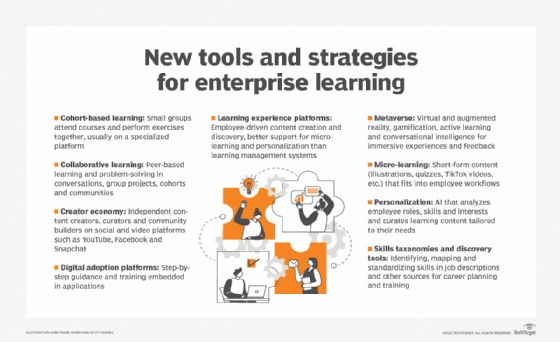A learning management system (LMS) is a software application or web-based platform designed to plan, deliver, and assess learning experiences. It’s a centralized hub for managing all aspects of the learning process, from creating and distributing content to tracking student progress and generating reports.
Modern learning environments leverage a variety of tools, with the LMS as a central component.
Core Functionality and Components of an LMS
At its core, an LMS typically consists of two main components: a server that handles the underlying functionality and a user interface (UI) that facilitates interaction for instructors and learners. Instructors can use the LMS to create and deliver course materials, monitor student participation, and evaluate performance through quizzes, assignments, and other assessments. Learners, on the other hand, can access course content, participate in discussions, submit assignments, and track their progress.
Who Uses Learning Management Systems?
LMS platforms are utilized across various sectors, including:
- Businesses: For employee onboarding, training, compliance, and professional development.
- Government Agencies: For training employees and disseminating information to the public.
- Educational Institutions: From K-12 schools to universities, for delivering online courses, blended learning, and managing traditional classroom activities.
Key Applications of Learning Management Systems
Beyond basic content delivery, LMSes are versatile tools with a wide range of applications:
Onboarding and Training
LMSes streamline employee onboarding and training by providing a centralized platform for delivering consistent and engaging content. New hires can access training materials on demand, at their own pace, and on various devices.
Development and Retention
Continuous learning is crucial for employee growth and retention. LMSes enable organizations to offer ongoing development opportunities, keeping employees engaged and equipped with the skills they need to succeed. This can include compliance training, product updates, and professional development courses.
Sales Training
LMSes can significantly enhance sales training programs by providing a platform for delivering product knowledge, customer interaction techniques, and real-world case studies.
Blended Learning
LMSes facilitate blended learning environments that combine traditional classroom instruction with online learning activities. This approach allows for a more personalized and engaging learning experience.
LMSes and LXPs, while related, offer distinct functionalities and cater to different learning needs.
How Does an LMS Work?
An LMS functions as a centralized repository for learning materials and user data. Authorized users can access the system via login credentials, enabling them to engage with courses, complete assignments, and track their progress.
Key Features of Modern LMS Platforms:
- Responsive Design: Accessible on various devices (desktops, laptops, tablets, smartphones).
- User-Friendly Interface: Intuitive navigation and easy-to-use tools.
- Reporting and Analytics: Tracking learner progress, identifying areas for improvement, and measuring training effectiveness.
- Content Management: Creating, organizing, and delivering engaging learning content.
- Integration and Interoperability: Seamlessly integrating with other systems and supporting industry standards like SCORM and xAPI.
- Social Learning Features: Fostering collaboration and communication among learners.
- Gamification: Enhancing engagement and motivation through game mechanics.
- Automation: Streamlining administrative tasks such as user enrollment and course management.
Choosing the Right LMS: Key Considerations
Selecting an LMS requires careful consideration of various factors:
- Organizational Goals: Defining the specific learning objectives and outcomes.
- User Needs: Identifying the target audience and their learning preferences.
- Budget: Determining the overall cost of implementation and maintenance.
- Technical Requirements: Assessing compatibility with existing infrastructure and systems.
- Features and Functionality: Evaluating the available features and ensuring they align with organizational needs.
Conclusion: The Power of LMS in Modern Learning
Learning Management Systems are essential tools for organizations seeking to effectively manage and deliver training and educational programs. By providing a centralized platform for creating, delivering, and assessing learning experiences, LMSes empower organizations to foster a culture of continuous learning, enhance employee development, and achieve their overall business objectives. Understanding the core functionalities, applications, and key considerations for choosing an LMS is crucial for leveraging its full potential in today’s dynamic learning landscape.
